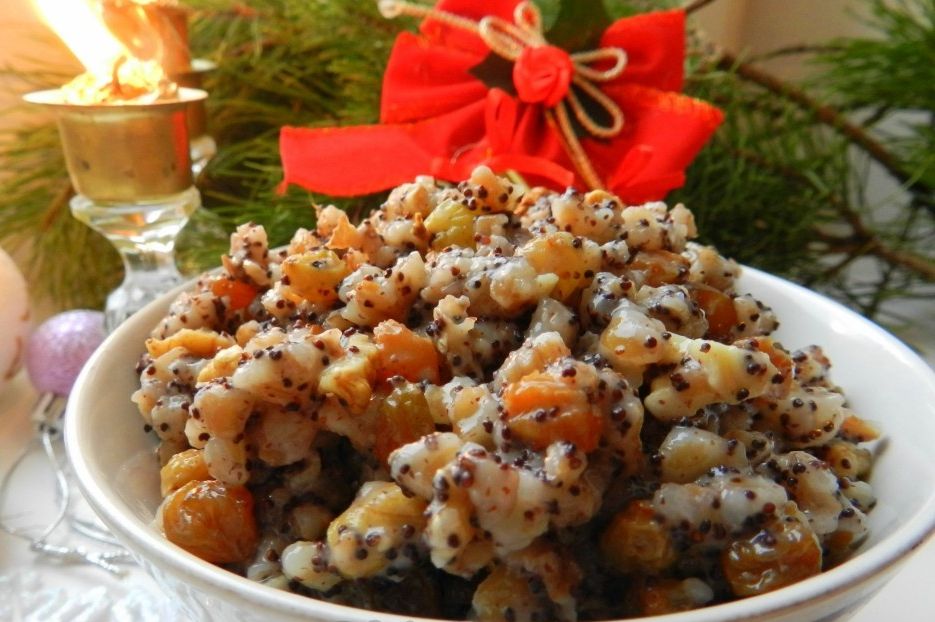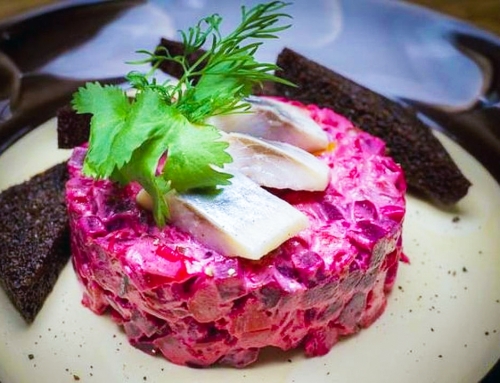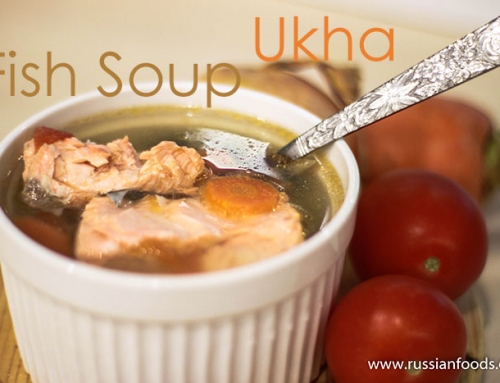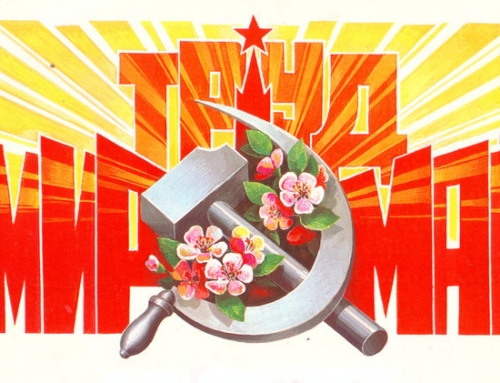Around the world Christmas season is long over, but in Russia Christmas Day was celebrated yesterday. So why do Russians celebrate Christmas on January 7th? And what are some Russian Christmas food traditions?
The reasoning is actually pretty straightforward. The predominant religion in Russia is still Russian Orthodoxy which still follows the old Julian calendar.
While the official calendar that’s in use daily is the new Gregorian calendar, religious holidays are celebrated according to the old calendar. In the old calendar, holidays are shifted by about 13 days, which means that Christmas and Easter come on different days from the familiar Western traditions.
Russian Orthodoxy has been in place for over a thousand years. With the exception of a 70 year break during Communism. Three generations grew up not knowing anything about Christmas or its religious traditions.
Religious symbols were replaced with secular motifs and explanations. The evergreen Christmas tree became a symbol of New Years, a gift giving saint transformed into Father Frost “Ded Moroz” who left presents for children under the tree. With religion no longer the focal point, traditional Christmas foods slowly began to disappear from the holiday dinner tables. Or, more likely, they were simply adapted into similar dishes but lost their meaning along the way.
Fortunately, during the past two decades Russian Christmas food traditions have regained their proper place in society. More and more families are observing Christmas and enjoying traditional Christmas foods. These days you can even find authentic Slavic Christmas food on restaurant menus across the country.
There are lots of recipes for Russian Christmas food that you can find online, but the best and most precious ones are still passed down from generation to generation.
What are some Russian Christmas Food Traditions?
Christmas food is usually served in two feasts: a lenten meal on Christmas eve that includes sochelnik and a heartier supper on Christmas day.
The lenten dinner on Christmas eve typically does not include any meat or dairy dishes. After a day of fasting, grains, porridge, and vegetable dishes are eaten after the first star has appeared in the night sky. According to the Bible, that’s the time Jesus Christ was born.
In the old days, as the first star appeared and just before it got too dark, a holiday feast was served featuring 12 dishes, one for each apostle. The following day, on January 7th Jesus’ birth is celebrated with a generous meal that includes meat and poultry.
The two main dishes of Christmas Eve are Kutia and Uzvar, the rest can be improvised depending on the available ingredients and your budget.
We’ve gathered a few recipes for traditional Russian Christmas food that can be made and enjoyed all year.
Russian Christmas Food
Christmas Kutia
Kutia is an essential part of the Christmas Eve dinner. This traditionally Slavic dish is made with cooked wheat berries (and entire wheat kernel), poppy seeds and honey. Most modern recipes use pearl barley or rice. The porridge often includes dried apricots, raisins, nuts and even fruit preserves.
Here’s a recipe you can try at home. It makes a hearty and delicious breakfast, too!
Ingredients
- 4 cup of barley or wheat berry
- 1 cup of dried poppy seeds
- 1/2 cup chopped nuts (walnuts, pinenuts, or almonds)
- 1 cup of honey
- 1 cup of raisins
- 2 cups of water (boiling for poppy seeds)
- 2 cups of water or milk to cook grains
Instructions
- Wash the grains and cook in boiling water to make porridge. Set aside and let rest at room temperature.
- Wash poppy seeds with clean warm water and let rest in the water for about an hour. Drain the poppyseed, massage the seeds and add 2 cups of boiling water.
- Add chopped nuts, raisins and honey to the porridge and mix well.
- Combine poppy seeds with the porridge and add chopped nuts, raisins and honey. Mix well before serving.
Uzvar
A special kompot made with stewed dried fruits, berries and sweetened with honey. The original recipe features apples, pears and prunes. You can serve uzvar warm or chilled. Makes an awesome substitute for sugar-laden juices and sodas.
Ingredients
- 4 ounces of raisins
- 4 ounces pitted dried prunes
- 8 ounces dried pears
- 8 ounces of dried apples
- 1 cup honey
- 1 cinnamon stick
- 6 cloves
- 2 quarts apple cider (or non-sweetened juice)
- 1 lemon (juice and peel)
Instructions
- In a large pot combine the dried fruits and fill with enough cider to cover it by half. Add cloves and lemon peel, and simmer until the larger pies are cooked but not falling apart.
- Pour off liquid and cook until reduced by about a third. Add honey, cinnamon, lemon juice and fruit.
- Stir and add a little more lemon juice, if needed.
- Serve warm or chill in the refrigerator before.
Butter with Kilkas
This easy to make dish is delicious and rich in omega3 acids. You can use dried or canned kilka fish or herring for this appetizer. Serve with bread or blinis, or as a side to boiled potatoes.
Ingredients
- 15-20 kilkas (small fish)
- 3-4 hard boiled egg yolks
- 2 sticks of butter
- 1-2 sprigs of fresh dill or parsley
Instructions
- Clean and debone the kilka fish. You can also use canned if dried is not available.
- Using a mortar and pestle smash the fish, butter and hardboiled yolks into a paste.
- Place the butter mixture into a bowl and add a few sprigs of fresh dill or parsley.
Berry Farmer Cheese
You can use home-made or store bought farmer cheese for this totally delicious dessert. All you need is 2-3 cups of farmer cheese and your favorite berry preserves. Sour cherry, raspberry, blackberry or black currant all work well with this dish.
Ingredients
- 2-3 cups farmer cheese
- 1 cup berry preserves
Instructions
- Remove any excess moisture from the farmer cheese. You can place it into a cheese cloth and let the extra liquid drip out, or just pat dry with a clean paper towel.
- Add berry preserves and mix well together.
- Place the mixture into a bowl and chill in the refrigerator before serving.







Leave A Comment